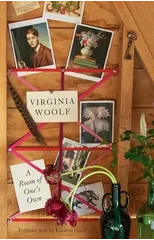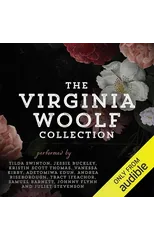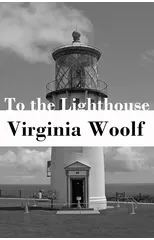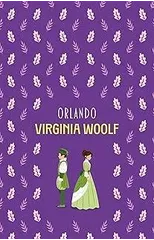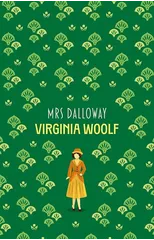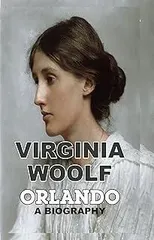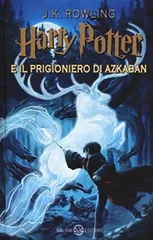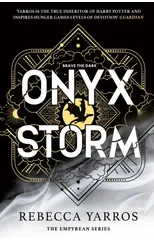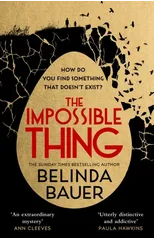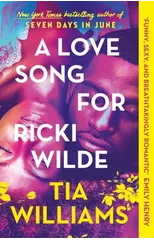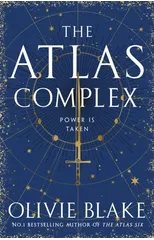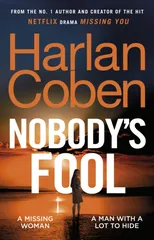A young woman learns about life, and love found and lost, in this thought-provoking debut novel by one of the twentieth century's most brilliant and prolific writers--with an introduction by Elisa Gabbert, author of The Unreality of Memory "Absolutely unafraid . . . Here at last is a book which attains unity as surely as Wuthering Heights, though by a different path."--E. M. Forster London, 1905: Twenty-four-year-old Rachel Vinrace is a free spirited but painfully naïve young woman when she embarks on a sea voyage with her family to South America. Arriving in Santa Marina, a town on the South American coast, Rachel and her aunt Helen are introduced to a group of English expatriates, among them the sensitive Terence Hewet, an aspiring writer who is drawn to Rachel's unusual and dreamy nature. The two fall in love, unaware of the tragedy that lies ahead. With hints of Jane Austen, The Voyage Out is a softer and more traditional novel than Virginia Woolf's later work, even as its poetic style and innovative technique--with detailed portraits of characters' inner lives and mesmeric shifts between the quotidian and the profound--reflect Woolf's signature style. The Modern Library Torchbearers series features women who wrote on their own terms, with boldness, creativity, and a spirit of resistance.
Virginia Woolf
Virginia Woolf was a prominent English writer and modernist literary figure. Known for her stream-of-consciousness writing style, she challenged traditional narrative structures and explored themes of gender, class, and mental health in her works. Some of her most notable works include "Mrs. Dalloway," "To the Lighthouse," and "Orlando." Woolf's contributions to literature include her innovative approach to character development and narrative technique, as well as her exploration of the inner lives of her characters. Her most famous work, "Mrs. Dalloway," is considered a masterpiece of modernist literature and a reflection of Woolf's unique literary voice. Woolf's impact on the literary genre is undeniable, as she paved the way for future generations of writers to experiment with form and style in their own works.

